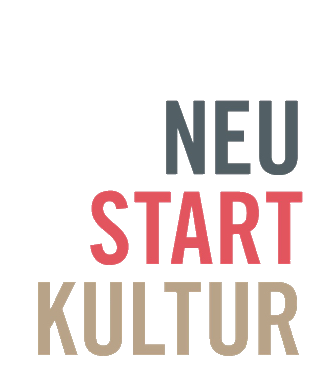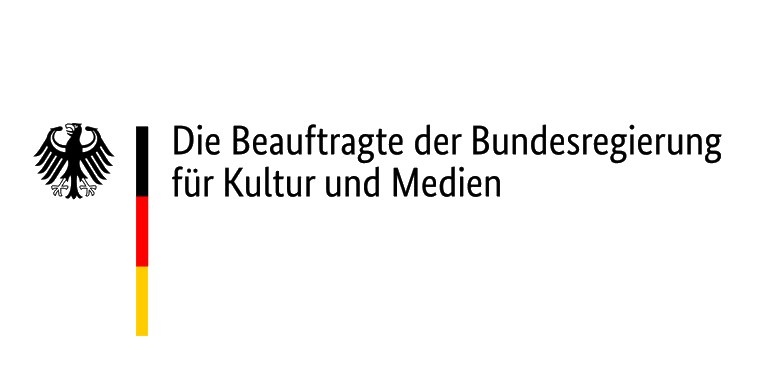Dear familiar and existing dance archive,
We ask you to forget what you know and to look beyond. Beyond conservative techniques and biased narratives.
Beyond masculine dominance and Eurocentrism. What else exists besides famous and well-studied names?
During a two-day symposium, we gather to share practices and exchange views on how our diverse array of histories inform our dance-making.
We ask you to forget what you know and to look beyond. Beyond conservative techniques and biased narratives.
Beyond masculine dominance and Eurocentrism. What else exists besides famous and well-studied names?
During a two-day symposium, we gather to share practices and exchange views on how our diverse array of histories inform our dance-making.
Moving Margins is an alter-archive and educational platform for diverse dance practitioners and researchers to exchange and elaborate upon the possible encounters of a variety of dance histories. The project attempts to create a sustainable yet flexible network of knowledge around the shared interest in dance history and the desire to expand it beyond its dominant narrative.
With a focus on people and practices outside of the North American and Western European canon, we aim to establish a more relevant, complete, controversial, and uncomfortable picture of dance history.

In 2024 Touching Margins alter-archive stepped out of the website and took place at Galerie Wedding - Space for Contemporary Art
As part of the exhibition THREE SUNS, curated by Nitsan Margaliot, Malte Pieper, and Maja Smoszna; and alongside works by Salwa Aleryani, Maryna Makarenko, and Anastasia Pilepchuk.
The visitors were invited to listen, read and reflect on the first chapter of our project, where Berlin based dance artists share about their research and practice dealing with under-represented dance heritages.
Galerie Wedding – Raum für zeitgenössische Kunst
Müllerstraße 146/147
13353 Berlin
THREE SUNS
07.06 - 24.08.2024
https://galeriewedding.de/three-suns/
© Image by Wataru Murakami

Moving Margins Chapter II
moving arti|facts from the margins of dance archives
into accessible scores and formats



Supported by the NATIONAL PERFORMANCE NETWORK
- STEPPING OUT, funded by the Federal Government
Commissioner for Culture and Media within the
framework of the initiative NEUSTART KULTUR.
Assistance Program for Dance.
artistic researches
Supported by the NATIONAL PERFORMANCE NETWORK
- STEPPING OUT, funded by the Federal Government
Commissioner for Culture and Media within the
framework of the initiative NEUSTART KULTUR.
Assistance Program for Dance.
© 2021 All rights reserved to Sasha Portyannikova, Nitsan Margaliot and the interviewees.

